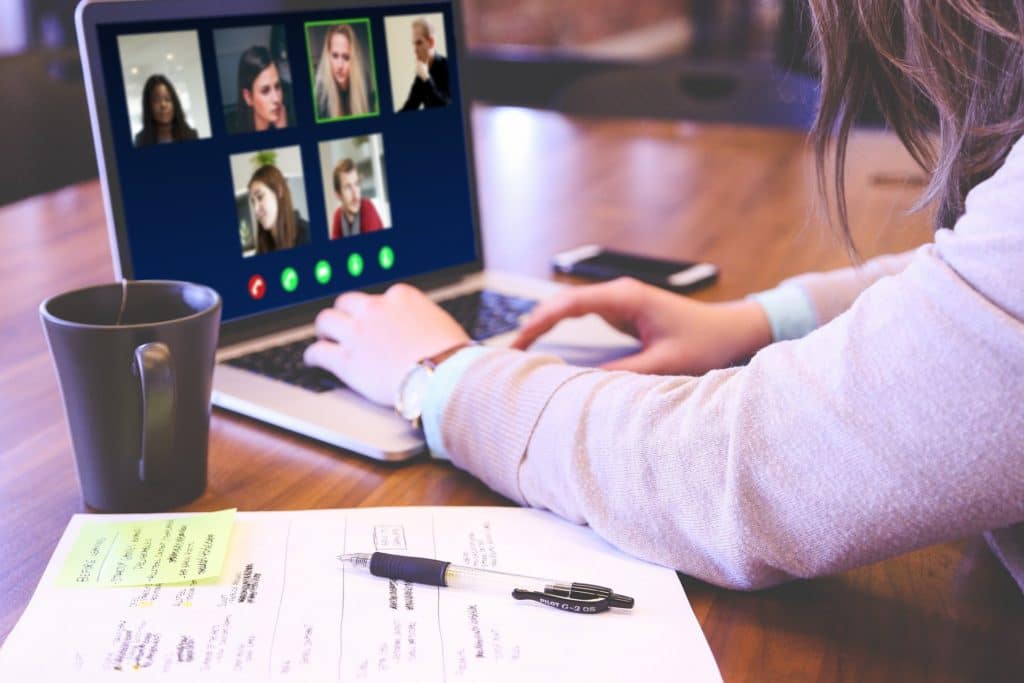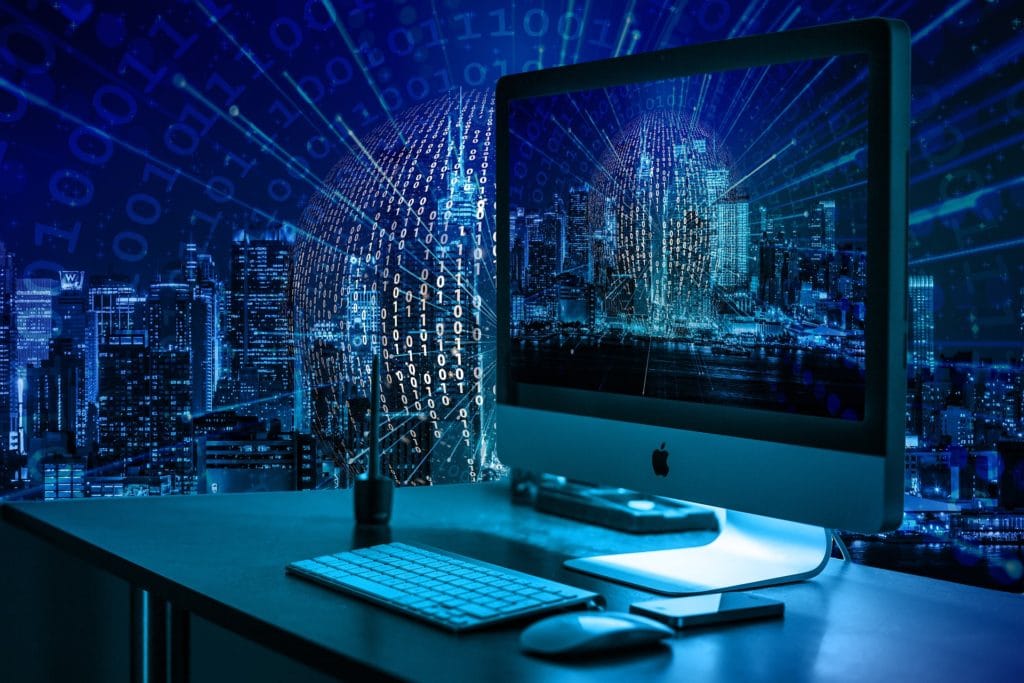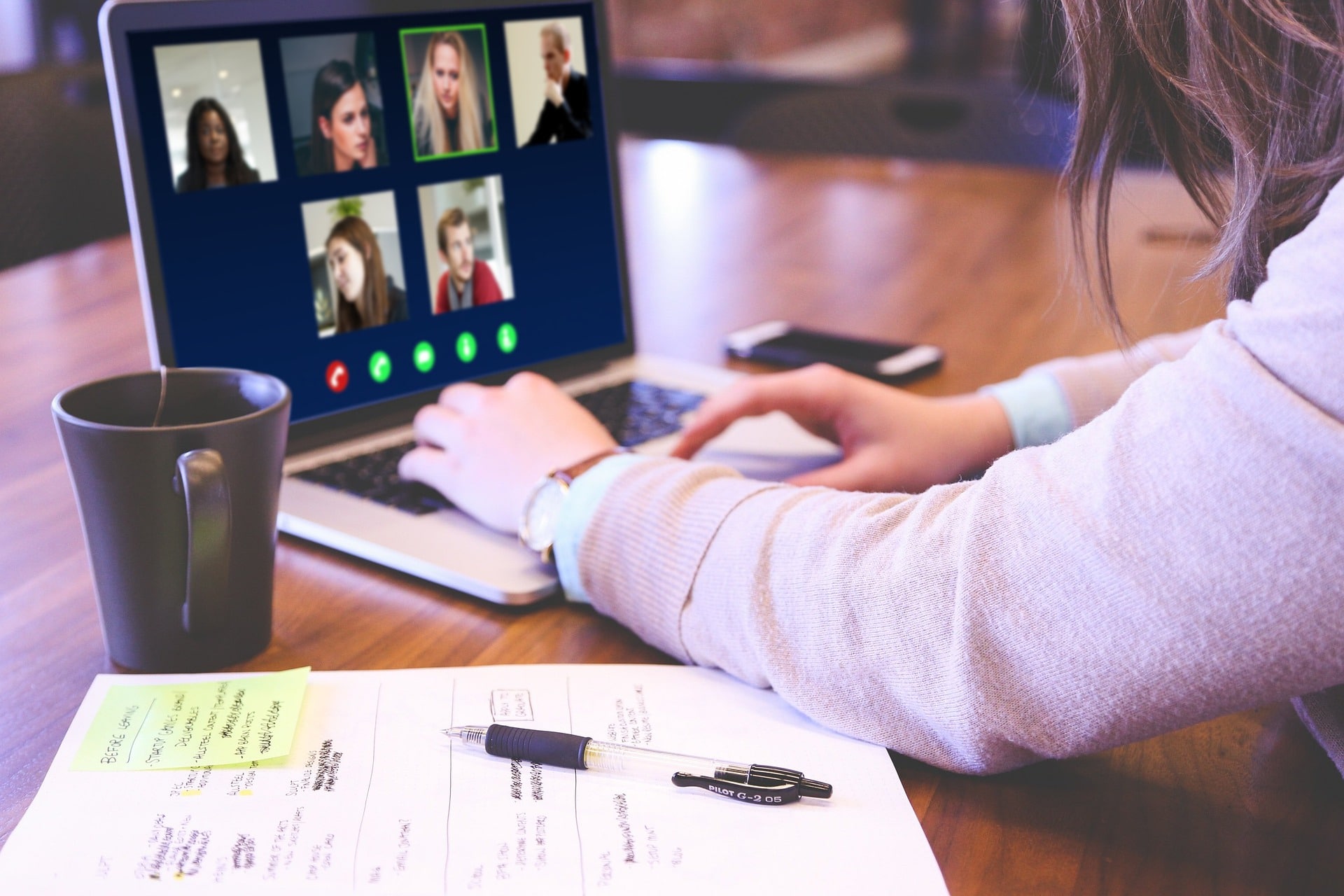The video conferencing system is one of the assets every business should own, especially with remote work being on the rise. Services like Zoom and Microsoft Teams can get the job done for many. But they still can’t promise the reliability and security of a standalone system.

If you own or are planning to own a video conferencing system, you need to make it as secure as possible. That is to enjoy the great features the system brings without compromising the security of your business data. In this blog, we share the most basic and critical steps for securing your business video conferencing system.
Ensure there is a system administrator
Any system should have an administrator, whether it is you, an IT manager you hired, or anyone else. The system administrator has access to admin tools that can keep the meeting secure.
The admin tools should allow you to activate two-factor authentication for accounts, change the privileges of each user, and more.
Pay attention to invitations
To secure your video conferencing meetings, no matter how secure your system is, you need to be careful with invitations and how they work.
In 2020, we have seen a little problem in the invitations of Zoom because of what was called Zoom Bombing. It is where people have joined invitations of businesses and people suddenly prank them.
No matter what system you use for video conferencing, you need to pay much attention to how invitations work. Make sure only invite your employees to meetings, and no intruder or unauthorized person can join.
Choose a system with the best encryption
When choosing a system or updating your current one, you need to ensure that the system encrypts the meeting to make them more secure. Apps like Facebook Messenger and WhatsApp encrypt video and voice meetings, but they don’t enjoy many other security features.
Having end-to-end encryption, alongside other security features offered by the system can make hacking the system a much harder job.
Keep the system monitored
One of the biggest cybersecurity problems that some business owners fail to understand is that no every system that isn’t down is secure. Your system can be hacked without you noticing at all.

To ensure this doesn’t happen, you need to monitor your video conferencing system continuously and scan it for any signs of intruders. You also need your hardware and software updated and patches. So that you aren’t still suffering from a patched vulnerability in a software or hardware.
Implement video conferencing policies
Businesses make a mistake when they implement the most secure video conferencing system. Then, ignore how people are going to use it. A policy is how to control the usage of the system and enforce it’s usage to be as secure as possible.
The policy should include rules like not using the system on public WiFi networks. Not speaking about specific sensitive information in meetings and so on.




